The Media Giant Picked Holes In Tulum’s Infrastructure, ecological sustainability, and Cancun’s Violence
Major news outlet Bloomberg has released a scathing article on Quintana Roo, highlighting the current issues being faced by the state and what it could mean for the future. Cancun and Tulum are the main targets of the critique, examining multiple facets of the tourism industry in the two cities. When tourist destinations are among the most popular in the world, they definitely can attract their fair share of negative attention from news writers.
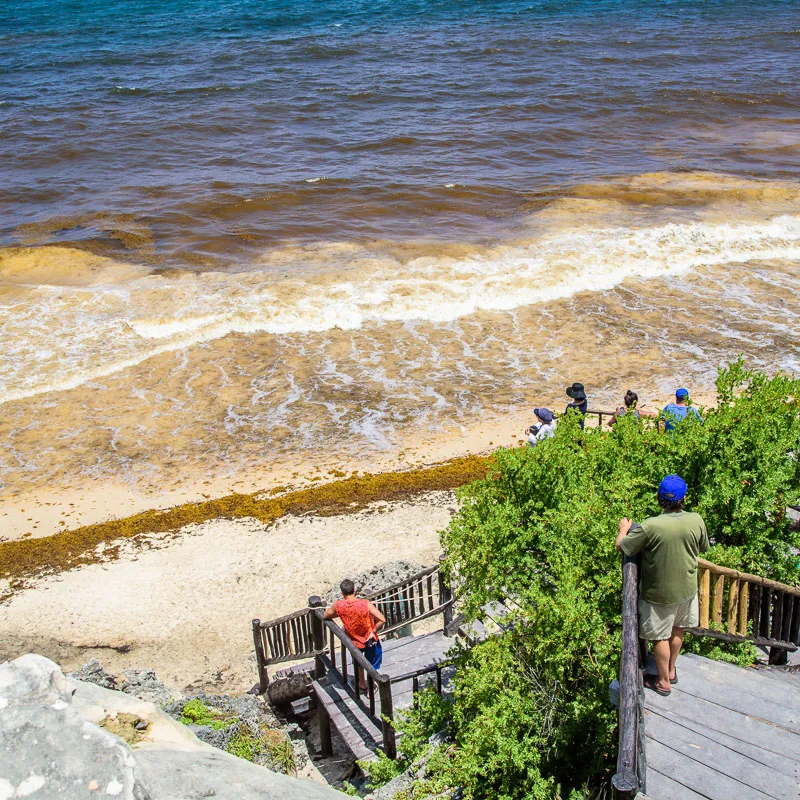
Written by Maya Averbuch, an economy and business reporter, the article is a subscription piece. It sheds light on the sudden popularity of Quintana Roo as it relates to Mexico’s relaxed COVID stance, but questions the cost of its emergence as a touristic juggernaut.
Tulum, in particular, is given the heaviest dose of skepticism, with the popular beach town being painted as an overpriced hangout for the young and rich. Averbuch states that with “its clubs, linen-clad models, and ample supplies of weed, ayahuasca, and cocaine, it’s the kind of place where the hippies become millionaires and the millionaires become hippies.”

Noting that just ten years ago, Tulum was no more than a fishing village, Tulum’s growth has been explosive. The article points out that its infrastructure was not prepared for such growth in the same way that Cancun was. Cancun was not a naturally developed settlement, but a handpicked beach spot cultivated for tourism. The necessary land was prepared, protected land set aside, and the potential for growth anticipated long before ground broke on the now globally famous town.
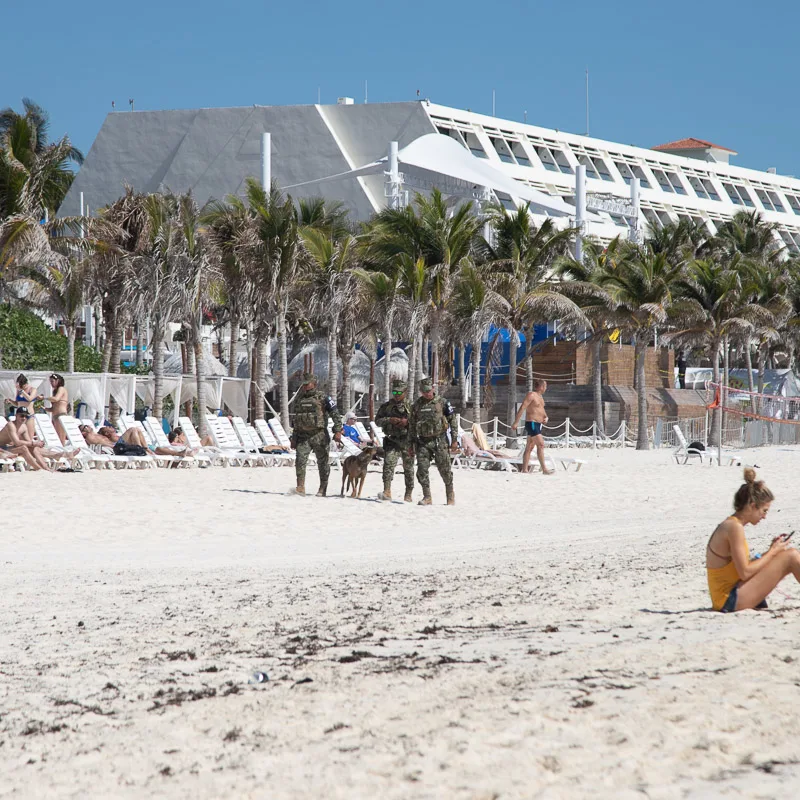
According to the piece, only 15% of Tulum’s buildings are directly connected to the sewage system, resulting in untreated waste seeping into the groundwater, potentially polluting local water sources and even killing valuable coral reefs. Many of the hotels in the region are apparently not connected to the electric grid, functioning on diesel generators. It should be noted that neither of these claims was verified by outside sources.
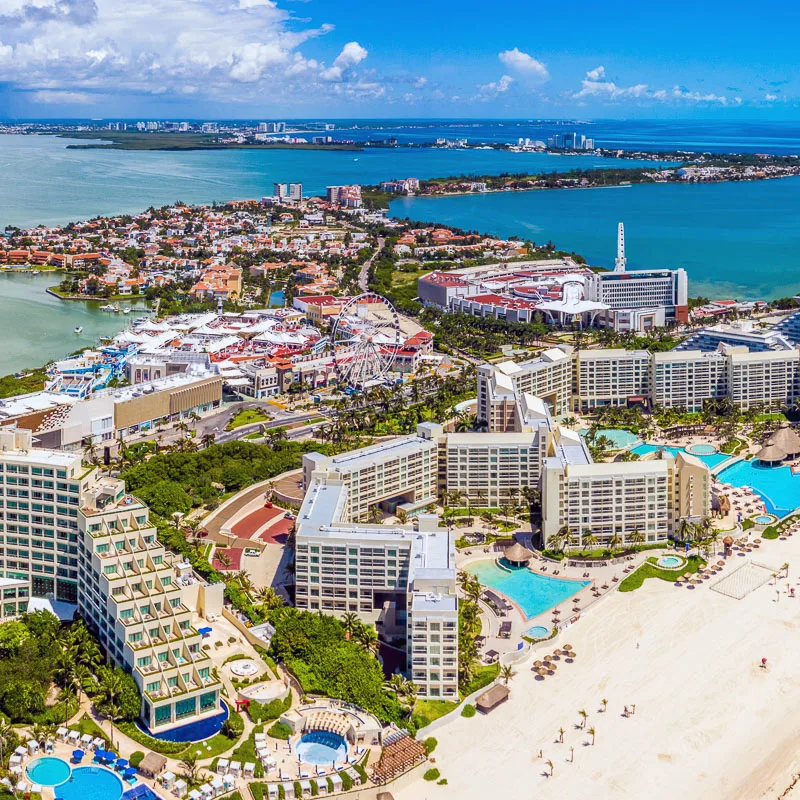
Possibly the most profound takeaway from Averbuch was her comparison of Acapulco and Tulum. Acapulco had a similar unplanned explosion in popularity in the mid-twentieth century. Enjoyed by the likes of Frank Sinatra and Elizabeth Taylor, the city’s surge in growth led to a correlated rise in drug violence fueled by visitors to the area. Now the city is ranked as one of the most dangerous cities in the world.
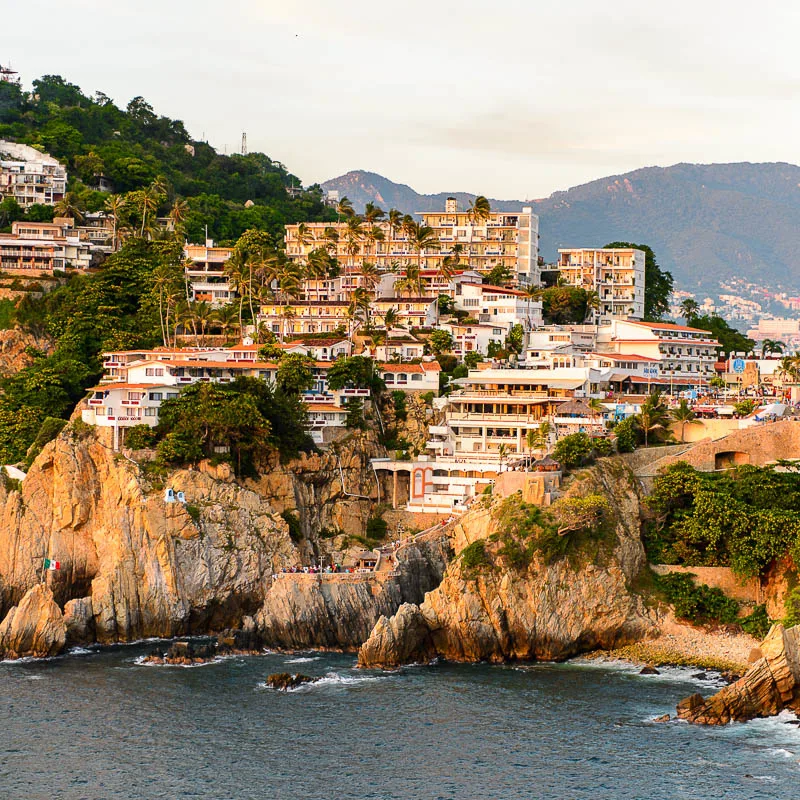
Unfortunately, the violence mirrors that in Cancun and Tulum. While nowhere near as bad as Acapulco, the two cities have seen a dramatic rise in violence over the past year. Over 130 people have been murdered in Quintana Roo since January 1st, and Cancun has found itself creeping into the bottom end of the same list Acapulco sits atop. Just last weekend, Cancun saw five bars attacked in one evening as a by-product of extortion, protection rings, and drug deals in the area.
Sadly, it’s the tourists that fuel the drug market in Quintana Roo, and until that source is stopped, the state’s value to organized crime will continue to rise.
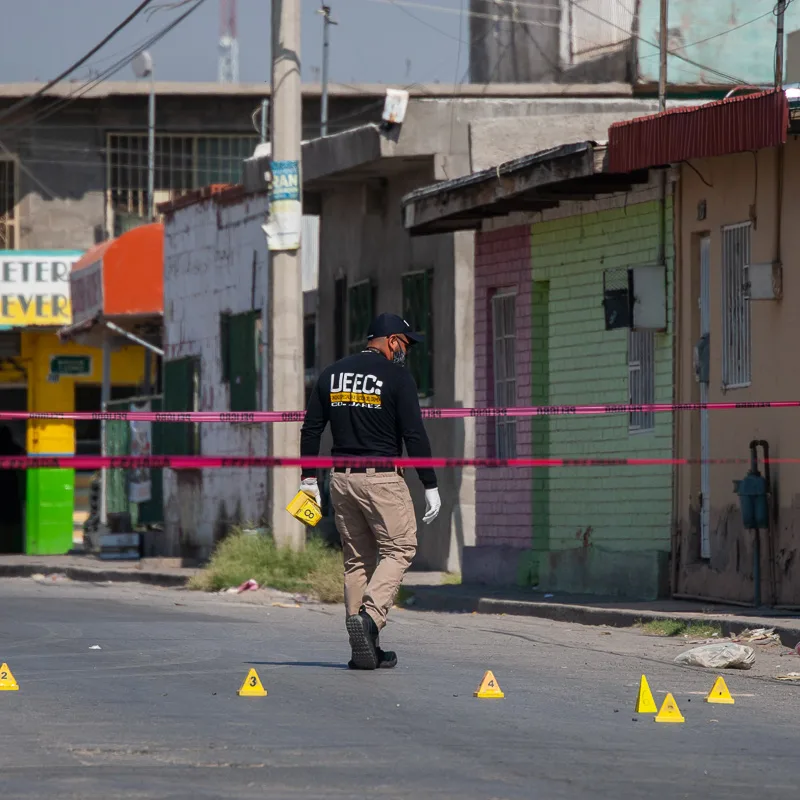
Articles like Averbuch’s can cloud the perception of many potential visitors to Quintana Roo. There is almost no doubt that the vast majority of people arriving in the state, whether Cancun or Tulum, will experience any negative sides of the town, but after reading, many may believe it an unsafe destination – much like a similar piece by the Wall Street Journal two months ago.
Tourists can arrive in Cancun and Tulum confident in their own safety. What should be important to those arriving is understanding the broader ramifications of their presence and ensuring that they are contributing to what should be a bright future for the area.

Making conscious choices to stay in hotels that have a smaller environmental footprint, avoiding drugs at all costs, and choosing responsible activity providers all help to push Quintana Roo in the right direction.
Whether Tulum goes in the direction of Acapulco is anyone’s guess. But the reality remains that the burden lies on the tourists and the decisions they make while visiting.
Plan Your Next Cancun Vacation:
Traveler Alert: Don’t Forget Travel Insurance For Your Next Trip!
Choose From Thousands of Cancun and Riviera Maya Hotels, Resorts and Hostels with Free Cancellation On Most Properties
↓ Join the community ↓
The Cancun Sun Community FB group has all the latest travel news, conversations and tourism Q&A’s for the Mexican Caribbean

Subscribe to our Latest Posts
Enter your email address to subscribe to The Cancun Sun’s latest breaking news affecting travelers, straight to your inbox.

tonia Wolfe mueller
Thursday 12th of May 2022
without and environmentally conscious expansion plan, there will be no paradise left to visit. With only 15% of hotels tapped into public septic all the tourist will be swimming in soon will be sewage. Stop the expansion.
Craig
Thursday 12th of May 2022
BLOOMBERG is a right wing source that rarely has any truth in its articles. The people that believe that web site you do not want as tourists and they can’t afford vacations anyway. They send their money to Trump and his ilk.